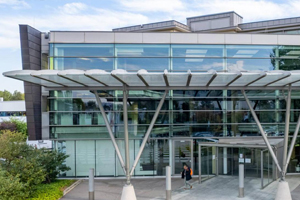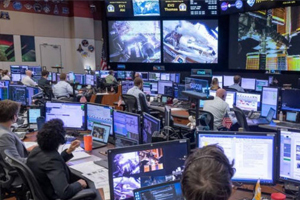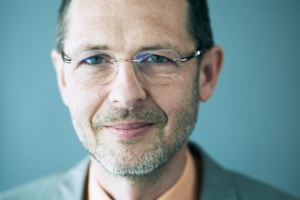Supporting the future of space operations voice communications. Since 2009, the company has been working with space agencies in the United States (NASA) and Europe (ESA) on the latest voice communications technology. This includes the Deep Space Network, the largest and most sensitive scientific telecommunications system in the world. Additionally, the Launch Control Center at Cape Canaveral which supports International Space Station (ISS), and almost all other manned and unmanned space flight missions operated by NASA and ESA. The Frequentis mission voice conferencing system is a major part of the agencies’ infrastructure at mission control.
Frequentis VCS3020 MOVE Systems are the Standard for Mission Voice at NASA.
The VCS3020 systems are replacing all large legacy voice systems at NASA space flight centers around the world as part of the NASA Mission Operations Voice Enhancement (MOVE) project. The project is a national program for all major NASA sites to reduce the different types of operator positions that have historically been in use across the different operations locations.
The NASA space operations centers support space flight centers, tracking and data relay and deep-space communications. The new systems provide the latest telecommunication technology, teleconferencing technology and have Voice-over-IP (VoIP) built in.
Praised for their user friendly interfaces (keysets), the Frequentis VCS3020 systems are now the standard for mission voice in NASA. They support all of NASAs manned and unmanned space missions. Some key statistics defining this program:
- Scalability of over 1,000 VoIP operator positions per system
- More than 4,000 operator positions and eighteen systems delivered
- Five different types of operator positions currently in place reduced from 23 different types originally
- Highest availability > 99.999%
- Logistics and maintenance costs reduced through standardization
- US Government approved security.
All NASA MOVE systems are assembled at the Frequentis USA plant in Columbia, Maryland, USA, which helps to enable global installations; from Kennedy Space Center in Florida to the Deep Space Communication Complex in Canberra, Australia.





